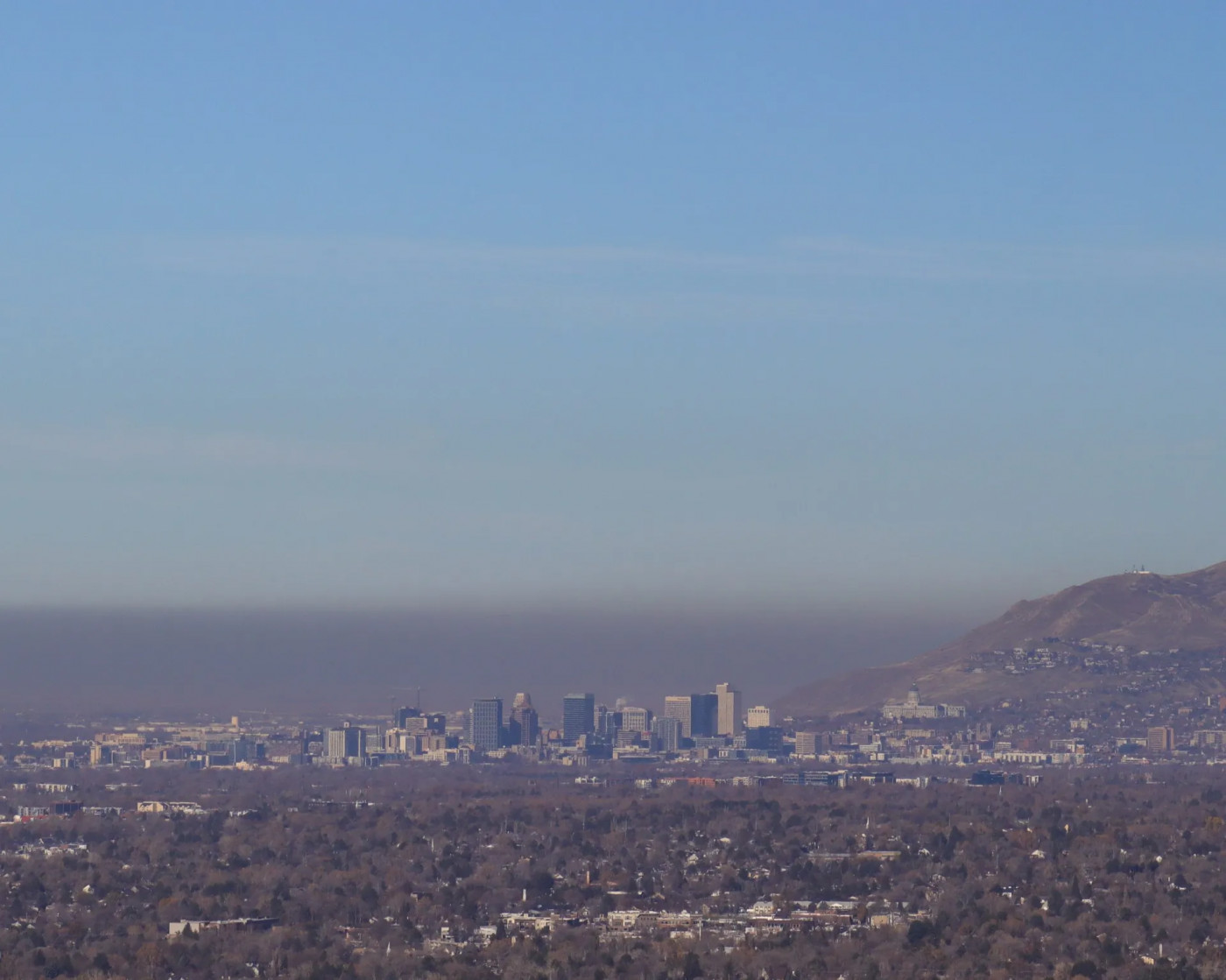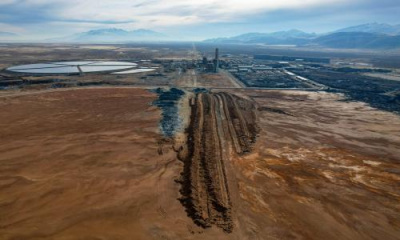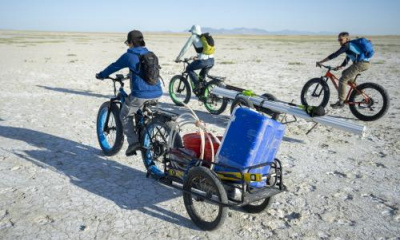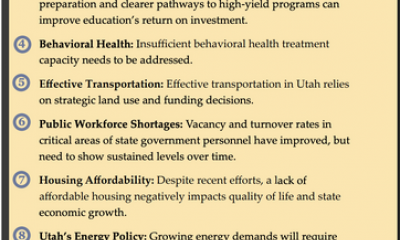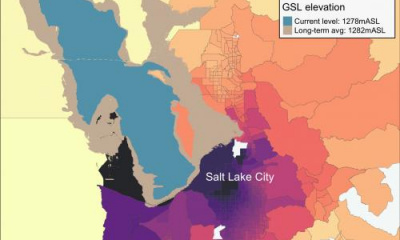“Is this the toxic lake dust?”
That’s a question many people in northern Utah are now asking themselves when the air turns brown with particulate pollution during windstorms.
The human health and environmental risks posed to our region by the drying up of the Great Salt Lake are well documented, and are now garnering national media attention. The iconic lake hit its lowest point on record last summer and the water is predicted to fall even further in the coming weeks and months.
Research carried out by University of Utah atmospheric scientist Dr. Kevin Perry shows that the dry playas and crust of the parched lakebed contain various concerning heavy metals, including arsenic, that have the capability of becoming airborne in particle sizes small enough to end up in people’s lungs.
“If you breath arsenic particles over a long period of time… it will increase the rate of lung cancer, potentially skin cancer, bladder cancer, cardiovascular disease and diabetes,” Dr. Perry told me on Wednesday.
As a result, there is an urgent need to get water to the lake, as quickly as possible, something Perry says state lawmakers are now taking seriously.
But, even as the potential health impacts from toxic dust raise alarms, another urgent tipping point is approaching for the Great Salt Lake, and fast.
“As the lake dries up, the salt concentration (in the water) gets higher and higher,” Perry says. “We need to make sure we don’t hit the tipping point where the salt concentration is so high in the lake that brine shrimp and the brine flies that support the entire ecosystem, die off,” he added.
“And we’re not that far away from that tipping point.”
Today on “In the Hive,” a conversation with Dr. Kevin Perry about dust, drought, water diversion, and an impending ecosystem collapse at Great Salt Lake.

